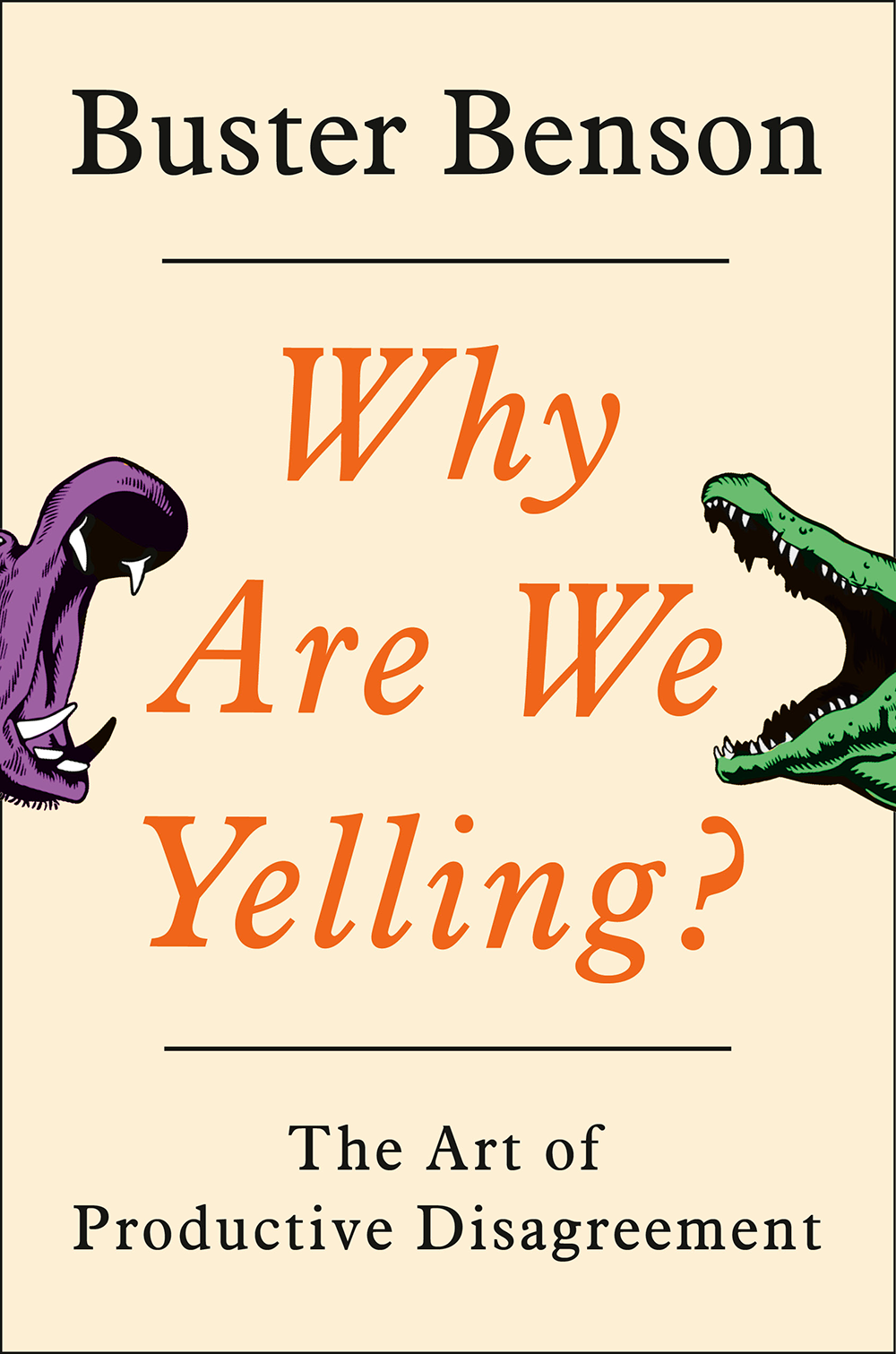Meditation is awesome.
It’s pretty much the simplest, cheapest way to improve your life that has ever been invented.
The only problem with meditation is that it’s just too simple. I can’t get a hold of it for very long — it resists habitification. Maybe you know what I’m talking about?
I’ve tried. On Coach.me I’ve had a few stretches of 4+ straight months where I meditated pretty much every day.
I’ve used Headspace. I’ve used Brain Beats. I’ve used Equanimity. I’ve used nothing. I’ve used NSR. I’ve read The Power of Now, Waking Up, Creativity Inc, Wherever You Go There You Are, Search Inside Yourself. I’ve done a 10 day silent meditation retreat. I’ve meditated on BART, on walks, on a cushion in a private room, at my desk. I get meditation, with its paradoxical mission of focusing so intently on not focusing on anything at all. I’ve done “it”.
And yet.
There’s something slippery about meditation. I can never quite get a good grip on it. I feel like someone with Alzheimer’s waking up each morning having the same conversation with myself about who stole my shoes, then some stranger I’ve never seen before gently informs me that they’re right where I put them the night before.
The people in my head
One thing I learned during my silent meditation retreat is that my head is full of random voices. When I stopped talking for a while, the voices slowly started running out of things to say, and I could start telling them apart. Some voices had different characters, even. Different …

